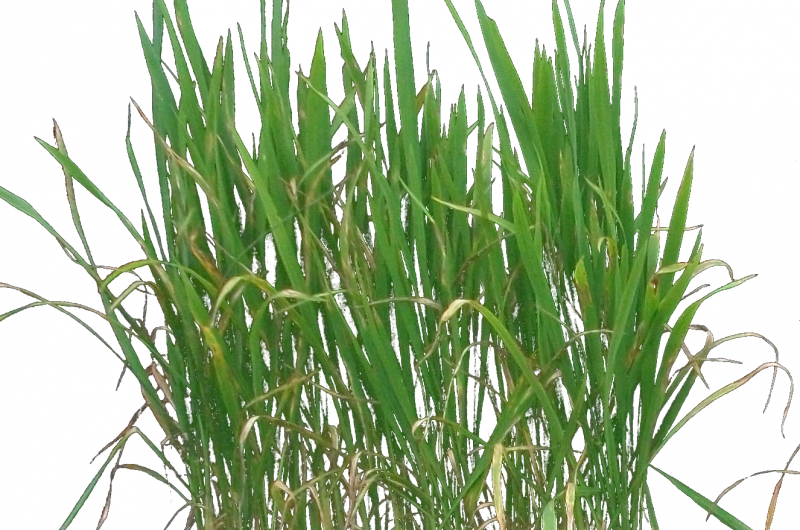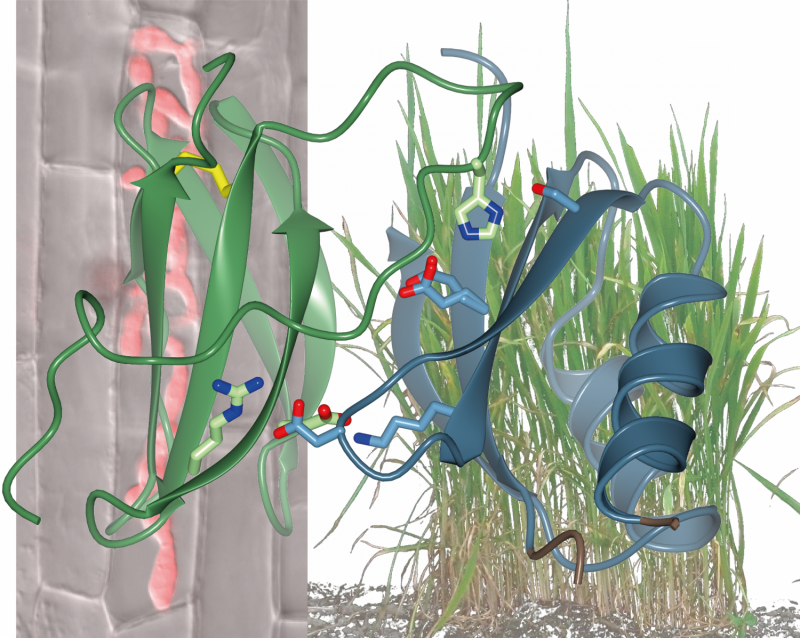How plant sensors detect pathogens

In the mid-20th century, an American scientist named Harold Henry Flor helped explain how certain varieties of plants can fight off some plant killers (pathogens), but not others, with a model called the "gene-for-gene" hypothesis. Seventy years later, an international team of scientists describes precisely how a plant senses a pathogen, bringing an unprecedented level of detail to Flor's model.
"We know that plants have sensors to detect pathogens but we knew little about how they work," says Professor Banfield from the John Innes Centre (UK).
In a study published in eLife, the team led by Professor Mark Banfield, in collaboration with the Iwate Biotechnology Research Centre (Japan) and The Sainsbury Laboratory (UK), investigated how one sensor protein from rice called Pik binds with AVR-Pik, a protein from the rice blast pathogen. This fungus causes the most devastating disease of rice crops. Using X-ray crystallography facilities at Diamond Light Source in Oxfordshire, the team succeeded in imaging the contact points between the plant and pathogen proteins at the molecular level - the first time this has been done for a pair of plant and pathogen proteins that follow the gene-for-gene model.
Dr Abbas Maqbool from the JIC, first author of the study added, "Harold Flor predicted that plant sensors discriminate between different pathogen types, but at the time he had no knowledge of the molecules involved. It is remarkable that his ideas have now crystallized into detailed molecular models."
Dr Maqbool, Professor Banfield and colleagues went on to discover that the strength at which the Pik sensor binds with the pathogen AVR-Pik protein correlates with the strength of the plant's response. This opens up new avenues for engineering better plant responses against pathogens by building sensors with increased strength of binding to pathogen proteins, and therefore conferring enhanced resistance to disease.

"Once we understand how these plant sensors detect invading pathogens, we can devise strategies to 'boost' the plant immune system and help protect rice and other important food crops from disease," says Professor Banfield.
More information: "Structural basis of pathogen recognition by an integrated HMA domain in a plant NLR immune receptor" eLife , 25th August.
Journal information: eLife
Provided by John Innes Centre


















